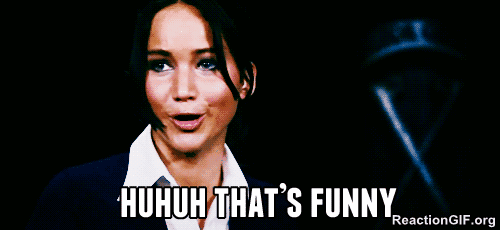A few years ago, my husband decided to revamp the way our kids apologize. I was skeptical at first, but willing to try it. The idea seemed solid — instead of making kids say “sorry,” we tell them to spend some time thinking about their apology and then make a good one.
Our concept for a good apology included three elements: apologizing for what you did, acknowledging why it was wrong, and asking for forgiveness.
It’s a good concept. Our kids have used it for years and have gotten really good at identifying the motivations behind their behaviors. So good at it, in fact, that these days the canned apology formula rolls off their tongues with little thought at all. They know exactly what they’re doing and why, and they keep doing it anyway.
But then I read this article at Verily and realized we were missing the crucial fourth element. According to Verily writer Joellen Poon, a good apology has four elements and looks something like this:
“01. I’m sorry for …02. This is wrong because …03. In the future I will …04. Will you forgive me?I’m sorry for cutting you in line. This is wrong because you were here first, and it was selfish of me. In the future I will go to the back of the line. Will you forgive me?Sure, it seems like quite a mouthful for such a small matter, but here’s the important thing: that kid stopped cutting in line. For a perpetual cutter and general troublemaker, four sentences is not a very big investment. It doesn’t get much simpler than that.”
We forgot to include the intention to change in the future, so our kids didn’t change.
It might seem silly and childish to apologize like this, but I’ve used this formula myself. It reminds me to focus on what really matters in my apology … the other person, not my own intentions or feelings.
But adding the intention to change and making it concrete takes this formula to the next level. It shows that you’ve not only thought about why your behavior was wrong, but also about how you will change it in the future. It shows the person receiving your apology that they can forgive you because you are willing to change in a specific way.
I seriously can’t wait to try this out with my kids. Who knows … maybe this will be the magic trick that turns them all into peaceful and agreeable children, who never fight and always do their chores!


Read more:
Why you shouldn’t force your kids to apologize

